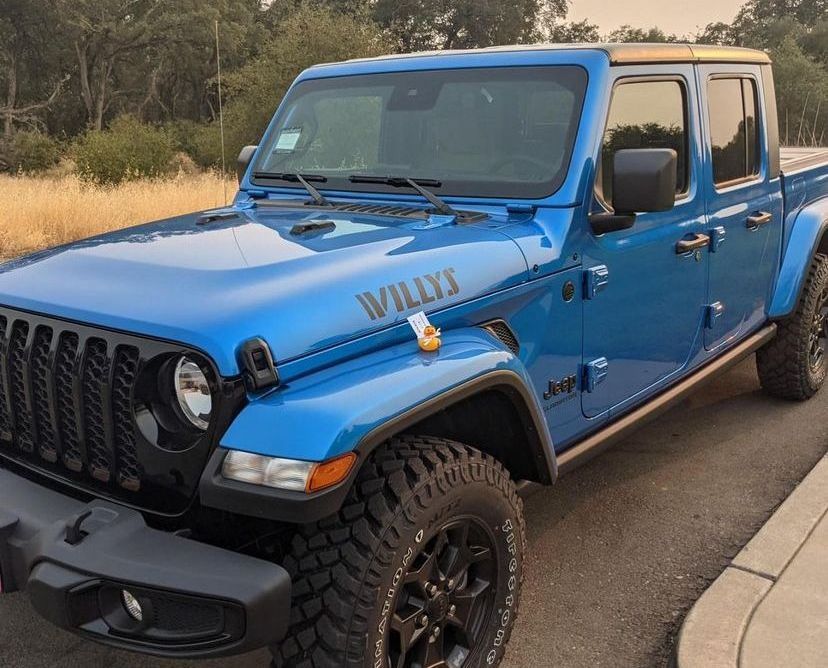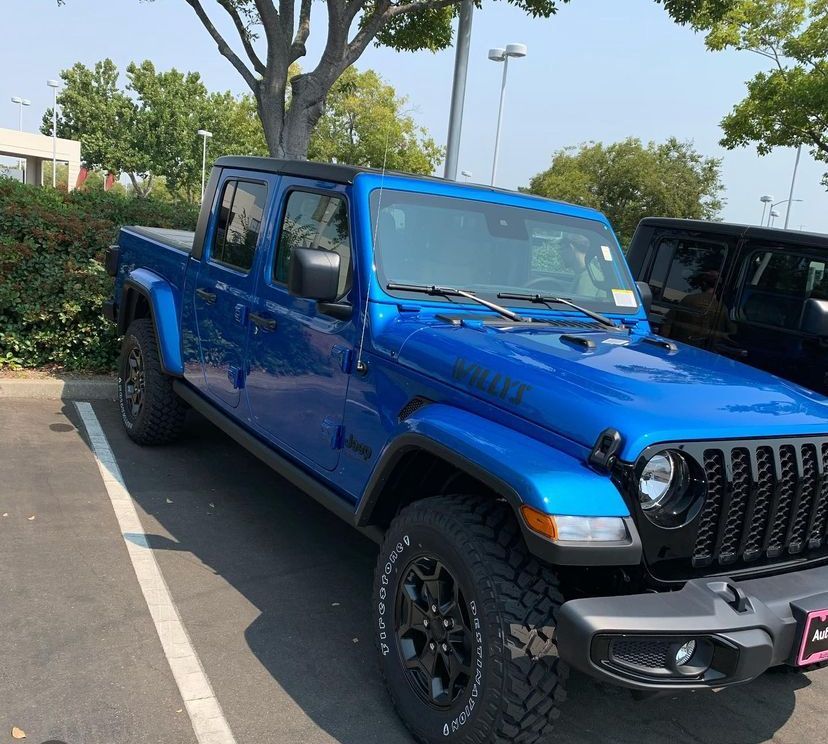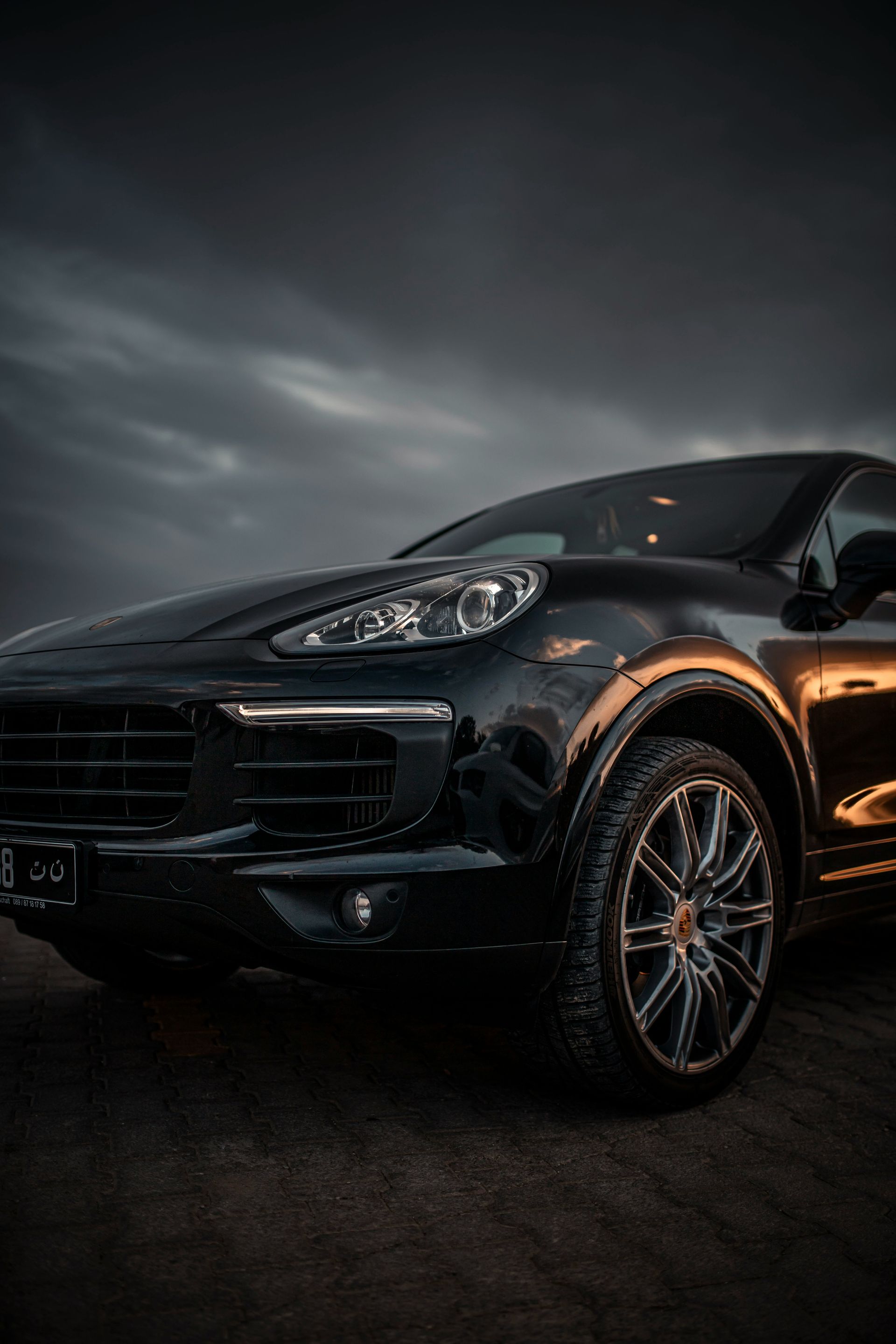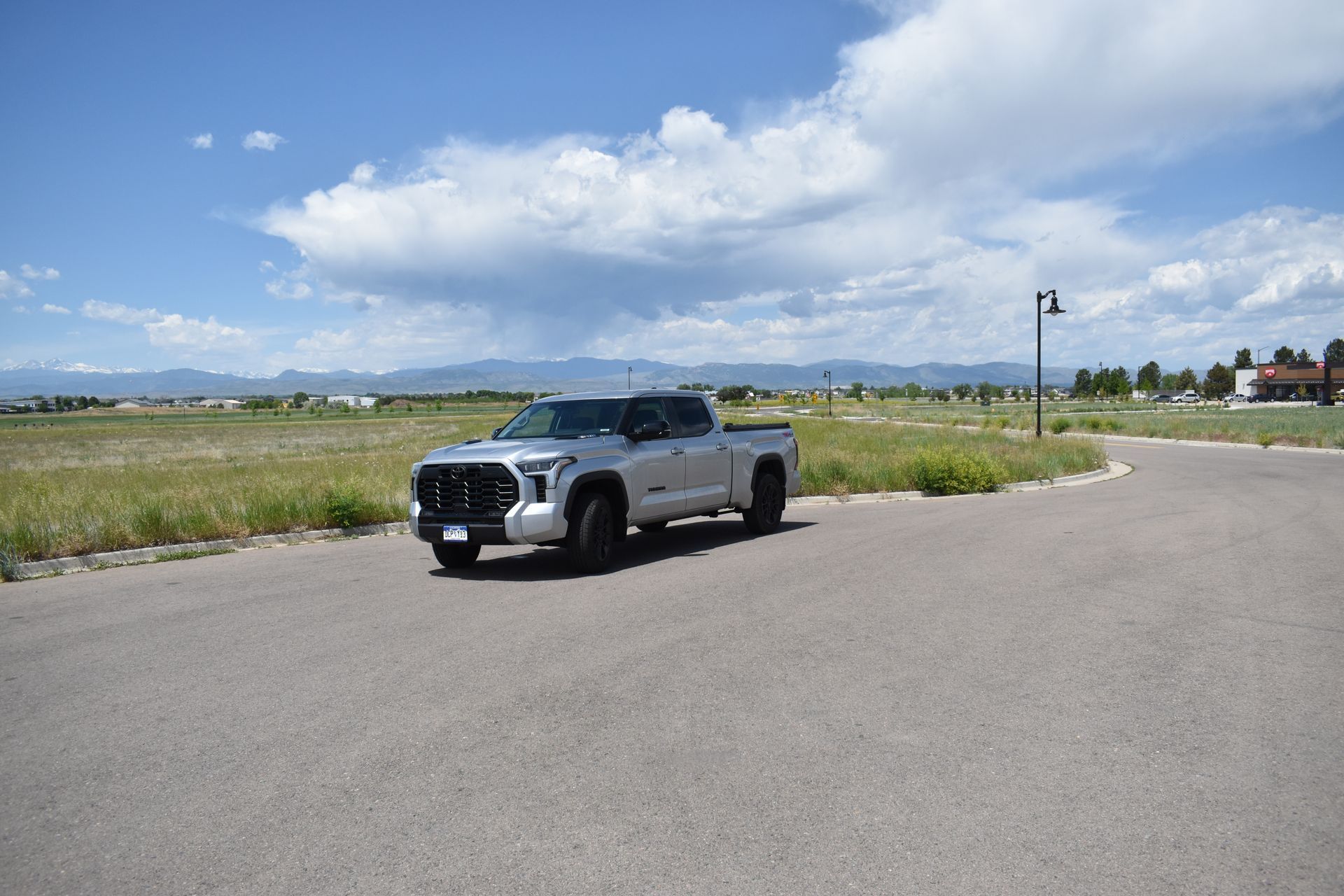2021 Jeep Gladiator
For two years, I owned a 2021 Jeep Gladiator Willys EcoDiesel. While it had some positives, such as safely moving everything my wife and I owned from California to Colorado, it had more negatives that resulted in us not keeping it for very long.
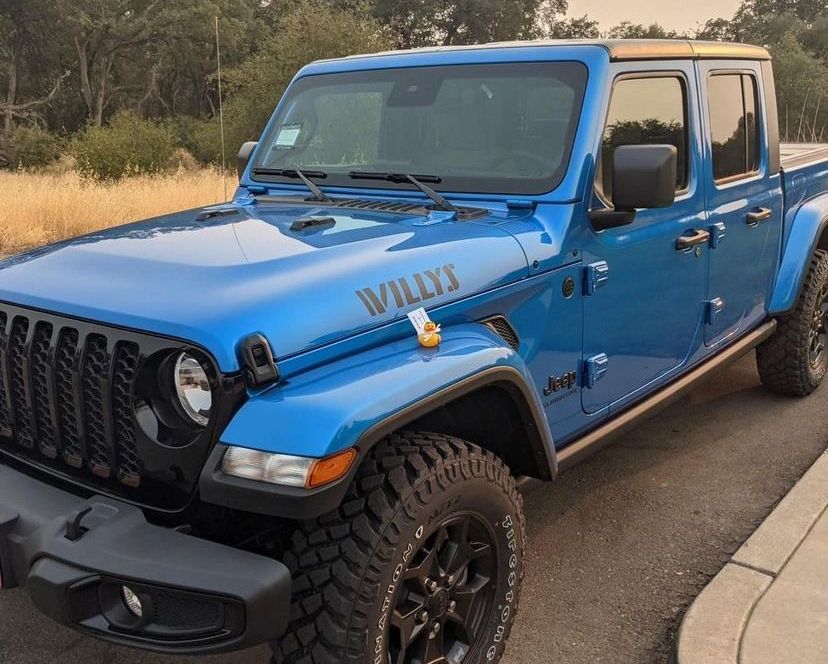
We bought the Gladiator in the first place because I owned a 2019 Ram 1500 EcoDiesel before, and we got rid of that because it caught on fire on Mother’s Day in my in-law's driveway. The fire was caused by a cracked EGR cooler recall that the truck had for over a year while I waited for one of the four dealerships in my area to get the part in. This delay in getting recalled parts would be a continuing trend from the Ram to the Gladiator.
We decided to step down to a Gladiator because, at the time, it was just my wife and me, and there was plenty of cabin and bed space for us. At the start, having the Gladiator was a great decision. It was easy to park around town where we lived in California, and it got decent in-town MPG, although diesel was expensive at the time. There were problems with it like the throttle safety did not allow full throttle for a few seconds after I stepped on the throttle, which was a problem pulling out into traffic or merging onto the highway. There were a lot of interior squeaking noises due to poor-fitting interior pieces and cheap materials. Also, the temperature in the cabin was always horrendous because the plastic removable roof did not come from the factory with the insulation panels. This model year Gladiator came with the third generation EcoDiesel engine, which no longer had the EGR cooler issue, which caused my Ram to catch fire. However, it was unavoidable, and it ended up getting a major recall.
Roughly three months before we moved to Colorado, I received an email from MOPAR stating that the Gladiator was being recalled. Upon reading it, I learned that the recall was for the high-pressure lift pump, which removed the engine from the fuel line and increased the pressure up into the injectors. The high-pressure pump could crack and no longer be able to deliver fuel to the injectors. So, while it would not result in a fire, it would result in the truck shutting off and not restating on the highway while driving to Colorado, towing a trailer full of everything we owned. When I called the local dealerships to see if I could get the recall fixed, the four dealerships I called all told me that MOPAR had not started sending out the parts and they were not expecting the parts for another six months, so we were waiting till we got to Colorado to get it fixed.
When the day came for us to move, we loaded up the bed, rear seat, and a rented 5x8 trailer full of everything we owned and set off for Colorado. We would drive from Sacramento, California, through Nevada and stop for the first night in Park City, Utah. The first leg of the journey was uneventful, and even loaded down with so much weight, the Gladiator was averaging roughly 25-27 MPG. My wife was driving her Mazda CX-5, which also had stuff in it, averaging almost 40 MPG, mainly because she was behind me the whole time, making sure nothing was going on with the trailer. The second half of the trip was largely uneventful as well until we were leaving Laramie, Wyoming, to come down into Colorado, and that was when the first check engine light the truck ever had came on. A few days after getting to our new home, getting unpacked, and settling in, I took it to our local Jeep dealer, who scanned the light and said that it had low O2 intake, which simply meant the truck had to get used to the new altitude we were at. Sure enough, they cleared the light and did not come back on for that issue.
Anyone who has ever ridden in a Jeep Wrangler or Gladiator knows they can be abysmally uncomfortable, especially for a new vehicle. I will say that my Gladiator was no exception. However, the truck was surprisingly comfortable on the drive from California to Colorado. Even though the truck did not have leaf springs, it could have been possible that the extra added weight was what improved the ride quality, or maybe the highways we were using were just smoother. Whatever the reason, on that trip, it rode better than it ever had, riding it around town or on our local highways while living in California or Colorado. The Gladiator's size was another strength as it was easy to maneuver around town and park in parking garages. Additionally, taking it when we were going hiking made dirt roads we took no worry at all. I never once, taking a dirt road, thought we would get even remotely stuck or have a breakdown, even though the Gladiator was a Willys model.
One unforeseen issue was that the truck was custom-ordered by someone who never picked it up and came from the factory with a tonneau cover installed. Due to how short the bed was, to begin with, and how the tonneau cover was mounted, the bed could only fit short things standing upright. The space was so small that not even a five-pound propane tank could fit in the bed and close the tonneau cover.
The real issues began when we had our first winter in Colorado. Luckily, the truck came equipped with a block heater, a lifesaver on some below-zero-degree days. However, there was an issue the truck was not equipped to handle: the cabin took forever to warm up in the winter. Again, due to no insulation on the removable roof panels, the cabin would be absolutely freezing inside after leaving the truck parked in a parking garage while I was in classes at the college I was attending. The commute was short from campus back to our townhome, and I would have the heat blasting in the truck, but it would not get warm in the cabin until I was pulling down the street our townhome is on. This was a small issue, though, as I got a warm winter coat that I could still drive in and was good to go after that. The real issues with the truck began after that first winter.
Once the winter melt began and there were puddles everywhere, I drove through as many as I could because I am a child at heart. This started the first consistent major problem; after going through a puddle, the check engine light came on, and I took it to the dealership to get scanned because the truck was still under warranty. Upon scanning the light, it turned out that the upstream NOx sensor had shorted. The dealership then told me that it is standard procedure with Chrysler products that they have to clear the light, and it needs to come on a second time before they can order the part. So I took it home and drove it for two days before the light came back on. Again, I took it back to the dealership. They scanned it, and it came up the same light, so they pushed forward with ordering the part, cleared the light again, and then a technician took it for a test drive to try to make the light come back on. While I was waiting for the technician to come back, the service writer came to me and told me that the NOx sensor was on backorder and it would be six to nine months before it came in. This would be the trend for the rest of the time we owned the vehicle.
Now, I will say that this check engine light did not make the truck un-drivable. However, it did mean that the remote start function did not work, so I could no longer start the truck to warm it up on the cold days we were still having. So, when I wanted to leave campus, I would have to sit and wait for it to warm up a little before leaving. The real problem this light caused was the anxiety that I would not know if anything else would be wrong because the light was always on. Fast forward about seven months after ordering the part, and I took the truck in for an oil change, and while there, I asked about the back-ordered part. I was told that they had no history of the part being ordered and then were told they scanned the check engine light. It was a NOx sensor short, weird, and they cleared it and would need to scan it a second time before they could order the part. This would be the continual trend for the remainder of the time we owned the truck.
I will fully admit that a bad experience with one dealership should not influence vehicle ownership, but I had similar experiences with every Jeep or Ram dealership I ever went through for either my Ram 1500 or the Jeep Wrangler 4XE that my wife would later own. However, I will say that the Gladiator was not a good enough truck or enjoyable enough to drive to warrant putting up with these continual problems dealing with the dealership.
So, at the end of this review, which honestly was a lot more about the dealership issues and truck problems than a typical review. I would recommend this truck to a specific person. The Jeep Gladiator would be perfect for someone who wants a small pickup truck that is highly off-road capable but does not want to pay the price premium of owning a Toyota Tacoma. My recommendation for buying one of these would be to be prepared that it is still a Jeep underneath and talk to the dealership about what getting un-scheduled services looks like, especially parts ordering.
